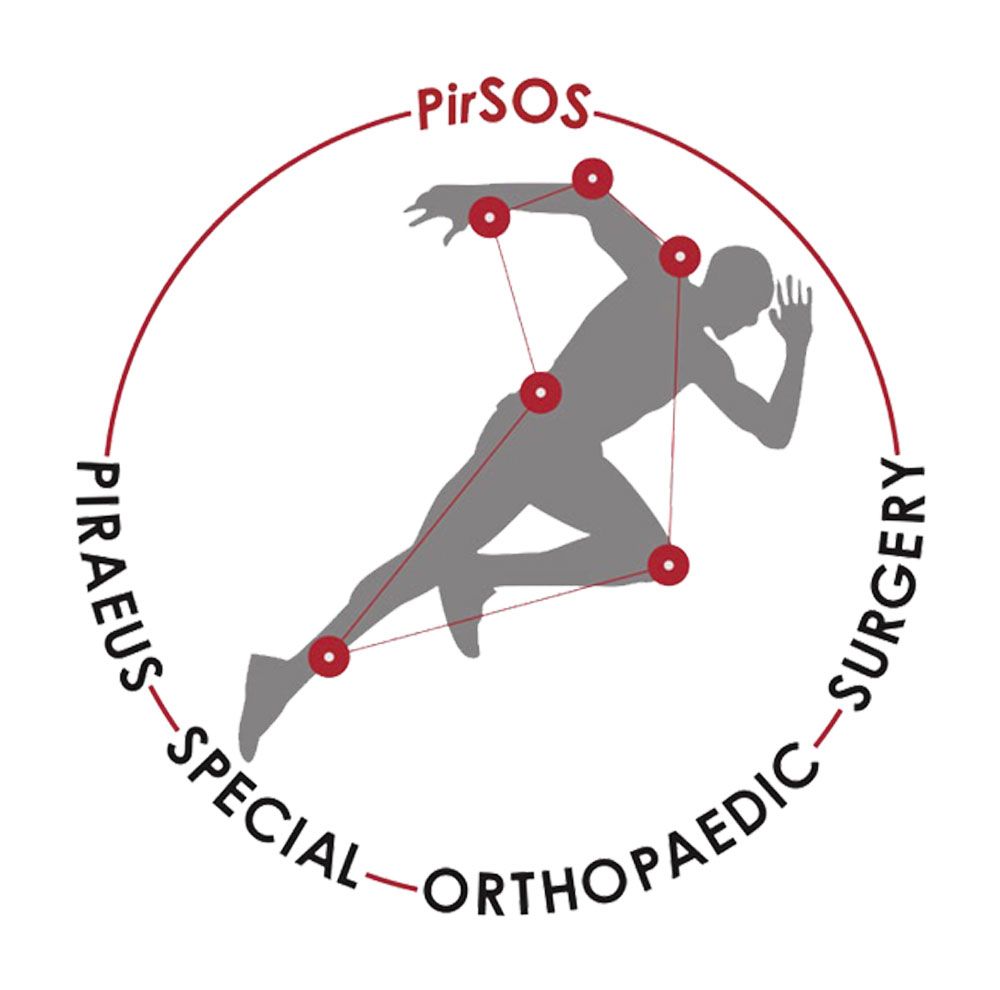Robotic Surgery
Robotic Orthopedic Surgery: The Evolution of Modern Medicine
Robotic surgery represents one of the most significant technological advances in modern orthopedics. By combining the surgeon's expertise with technological precision, it offers new possibilities in the treatment of orthopedic conditions.
According to scientific data, robotic technology in orthopedics has developed rapidly in recent years, offering improved clinical outcomes and greater safety for patients.
What is Robotic Orthopedic Surgery
Robotic orthopedic surgery is an advanced technique that uses robotic systems to assist surgeons in performing orthopedic procedures with greater precision and control.
Robotic systems do not replace the surgeon, but function as advanced tools that enhance their capabilities, offering:
- High-resolution three-dimensional visualization
- Micrometric precision in movements
- Stability and elimination of physiological tremor
- Improved ergonomic environment for the surgeon
Main Robotic Surgery Systems
MAKO System
The MAKO system is one of the most widespread robotic systems for orthopedic procedures. It uses preoperative CT imaging to create a personalized surgical plan.
Applications: Total and partial knee arthroplasty, total hip arthroplasty.
ROSA System
ROSA (Robotic Surgical Assistant) is a flexible robotic system that can be used in various orthopedic applications, including spinal procedures and arthroplasties.
da Vinci System
Although originally developed for general surgical applications, the da Vinci system is also used in specialized orthopedic procedures requiring high precision and minimally invasive techniques.
Scientific Data & Research
Clinical Outcomes
According to studies published in the Journal of Bone and Joint Surgery, robotic knee arthroplasty demonstrates:
- Improved accuracy in implant placement
- Reduction in postoperative complications
- Faster patient recovery
- Greater implant longevity
Safety Studies
Studies show that robotic surgery presents similar or better safety profiles compared to traditional techniques, with reduced risk of infection and bleeding.
Long-term Results
Long-term follow-up studies show high patient satisfaction rates and improved functionality compared to conventional techniques.
Advantages of Robotic Surgery
Greater Precision
Robotic systems offer micrometric precision, allowing surgeons to perform more accurate cuts and implant placements.
Smaller Incisions
Robotic technology allows the use of smaller incisions, leading to reduced soft tissue trauma and faster recovery.
Improved Visualization
Three-dimensional imaging systems provide surgeons with better visibility of the surgical area, improving decision-making during the procedure.
Personalized Planning
The ability for preoperative planning based on each patient's anatomy allows for more personalized and effective procedures.
Applications in Orthopedics
Knee Arthroplasty
Robotic knee arthroplasty is one of the most established applications, offering improved alignment and ligament balancing.
Hip Arthroplasty
In hip arthroplasty, robotic technology assists in precise placement of the acetabular cup and stem, improving long-term prosthesis survival.
Spinal Surgery
In spinal procedures, robotic guidance allows precise placement of screws and implants, reducing the risk of neurological complications.
Future of Robotic Orthopedics
Robotic orthopedic surgery continues to evolve with the integration of new technologies such as artificial intelligence, augmented reality, and machine learning.
Future developments include improved imaging systems, more flexible robotic tools, and better integration with hospital information systems.




